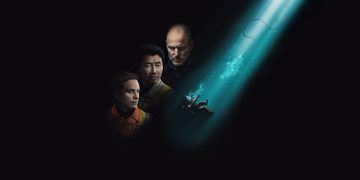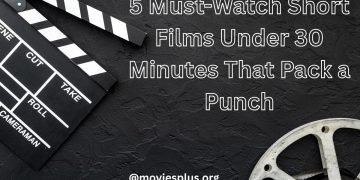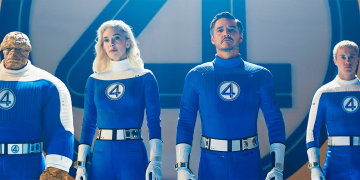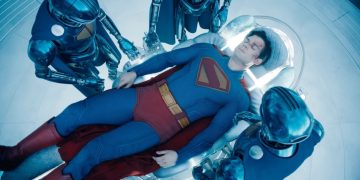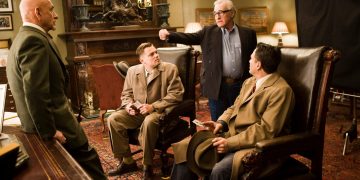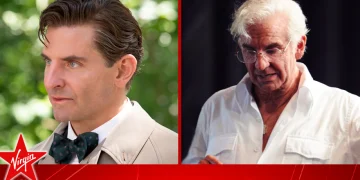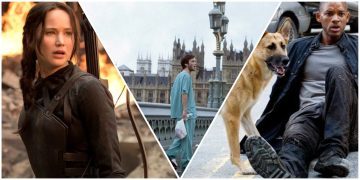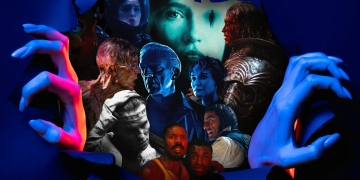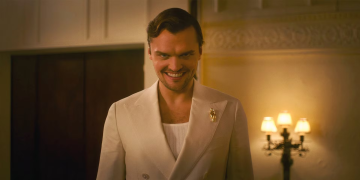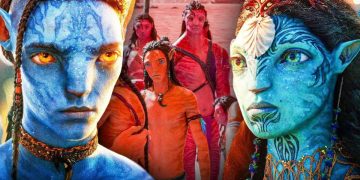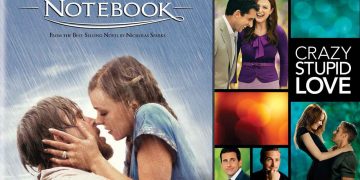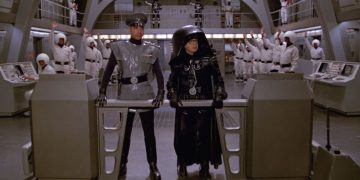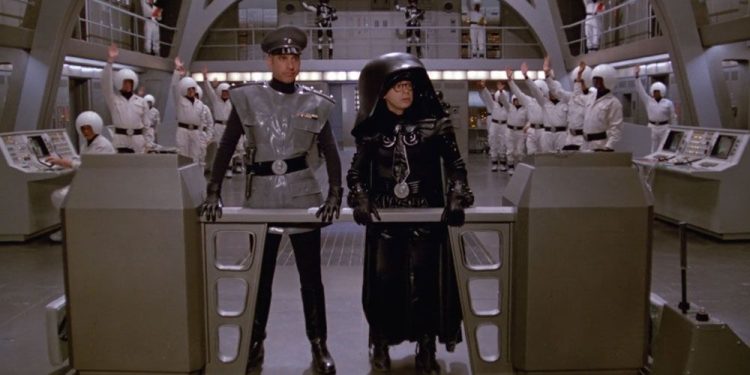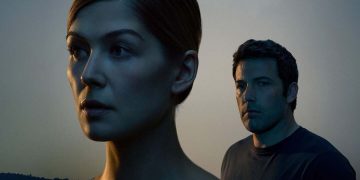There are films that simply entertain — and then there are movies that transform on a second viewing. These are the cinematic experiences where the first watch stuns, but the second reveals the genius behind every frame. If you’ve ever finished a movie and immediately wanted to hit “play” again — you’re in the right place.
Welcome to a curated list of the best rewatchable movies — filled with hidden details, twisty plots, and layered themes. Whether you love psychological thrillers, sci-fi puzzles, or visually poetic dramas, these films are built to reward your curiosity.
Why Some Movies Deserve a Rewatch
Some films are designed to be watched more than once. The first watch often focuses on plot discovery — who did what, what happened, and why. But upon a second watch, your brain is free to pick up on the subtle storytelling cues: background visuals, foreshadowed lines, symbolic set design, and musical motifs you missed.
“The real movie doesn’t begin until the second viewing.” – A sentiment shared by many directors, from Christopher Nolan to David Lynch.
Films that deserve rewatching typically share these traits:
- Non-linear storytelling
- Twist endings that reframe earlier scenes
- Thematic complexity
- Symbolism embedded in visuals or dialogue
In short, these films get better the more you pay attention.
Best Movies to Watch Again (and Again)
Let’s dive into the list of films that beg you to hit “rewatch” — and why they’re even more rewarding the second time around.
Donnie Darko (2001)
If time travel, fate, and creepy rabbits interest you, Donnie Darko is your jam. Initially confusing, the plot opens up once you understand its tangent universe theory. The second viewing allows you to track Frank’s influence, understand the jet engine paradox, and feel the emotional weight of Donnie’s sacrifice.

Fight Club (1999)
Even if you know the twist, watching Fight Club again feels like unlocking a secret game. From Tyler’s flickering appearances before he’s introduced to Marla’s confused behavior, the film is full of carefully placed hints. The rewatch turns it into a psychological study rather than a straightforward narrative.
Pro tip: Watch Edward Norton’s facial expressions in scenes with “Tyler.” They change everything.
Inception (2010)
Christopher Nolan’s dream-layered epic is legendary for its complexity. The first time, you might be focused on following the action. But by the second watch, you’re spotting totems, dissecting dreams vs. reality, and analyzing every hallway rotation or spinning top.
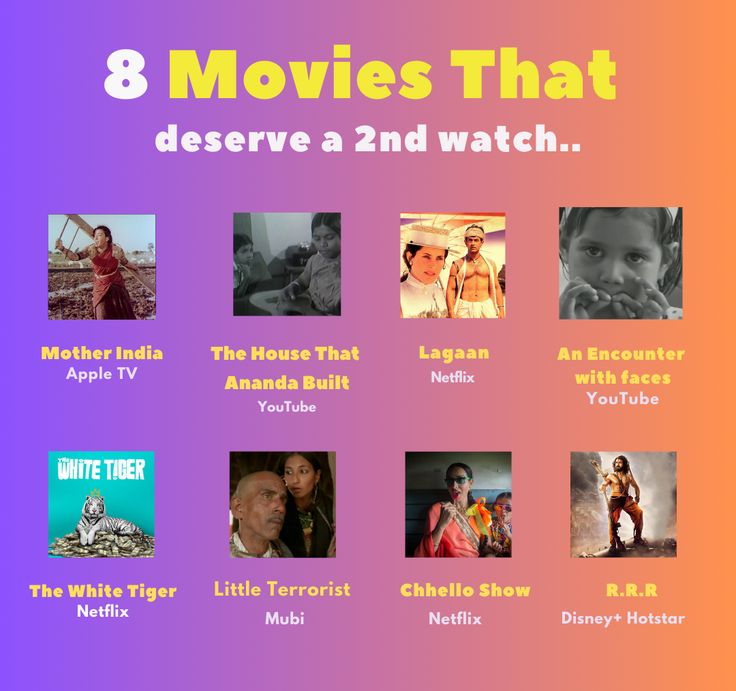
This film asks: What is real? The second time around, you’ll have your own answer.
The Prestige (2006)
Another Nolan masterwork, The Prestige is a magic trick within a movie about magic tricks. Every watch feels like a rehearsal of the film’s own three-part structure: The Pledge, The Turn, and The Prestige.
“Are you watching closely?”
Yes, you are — especially the second time.
You’ll start noticing how Borden and Angier mirror each other’s obsessions, and how seemingly minor details — like a missing finger — carry heavy narrative weight.
Memento (2000)
Told in reverse chronology, this psychological puzzle demands more than one watch. Leonard Shelby’s short-term memory condition means we’re just as lost as he is — until we aren’t.
On a rewatch, you get to see:
- How trust is weaponized
- Who’s manipulating whom
- The deeper tragedy of Leonard’s identity
If this isn’t storytelling genius, what is?
Arrival (2016)
At first, Arrival seems like a high-concept alien film. But it’s truly a meditation on time, grief, and motherhood. Once you grasp the nonlinear perception of time that Louise develops, you’ll watch every scene — even the quiet ones — with heartbreaking clarity.
Watch out for: The opening montage. What felt like a flashback… wasn’t.
The Big Lebowski (1998)
On first viewing, it’s weird. On second viewing, it’s a cult masterpiece. The Coen Brothers’ crime-comedy hybrid is so packed with quotable lines, running gags, and symbolic weirdness that it practically demands to be seen again.
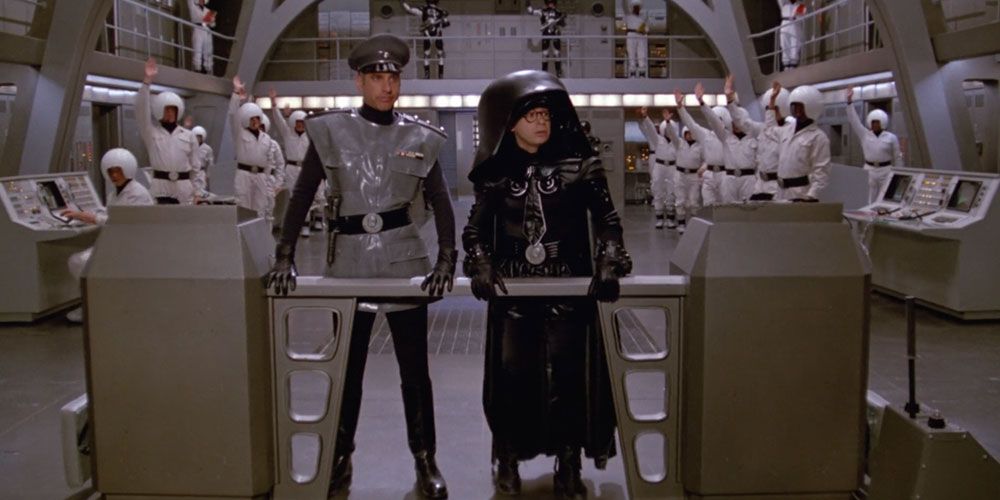
“That rug really tied the room together.”
And by the second watch, you’ll understand why.
Tenet (2020)
You’re not alone if you left the theater the first time thinking, “What just happened?”
Tenet takes Nolan’s love for time and turns it into a palindromic battlefield. The concept of “time inversion” makes a lot more sense once you’ve seen the full loop play out. Scenes that initially felt chaotic suddenly seem methodical.
On the second watch, you start realizing how well-orchestrated everything truly is — even backwards.
The Truman Show (1998)
It hits different today. Truman’s life being broadcast as reality TV? That’s just Tuesday in 2025. But on rewatch, The Truman Show becomes a haunting parable about surveillance, choice, and media manipulation.
Every product placement, every line from his “wife,” every staged crisis — it’s all part of the illusion.
Revisiting this film lets you spot the mechanics of control in each corner of Seahaven.
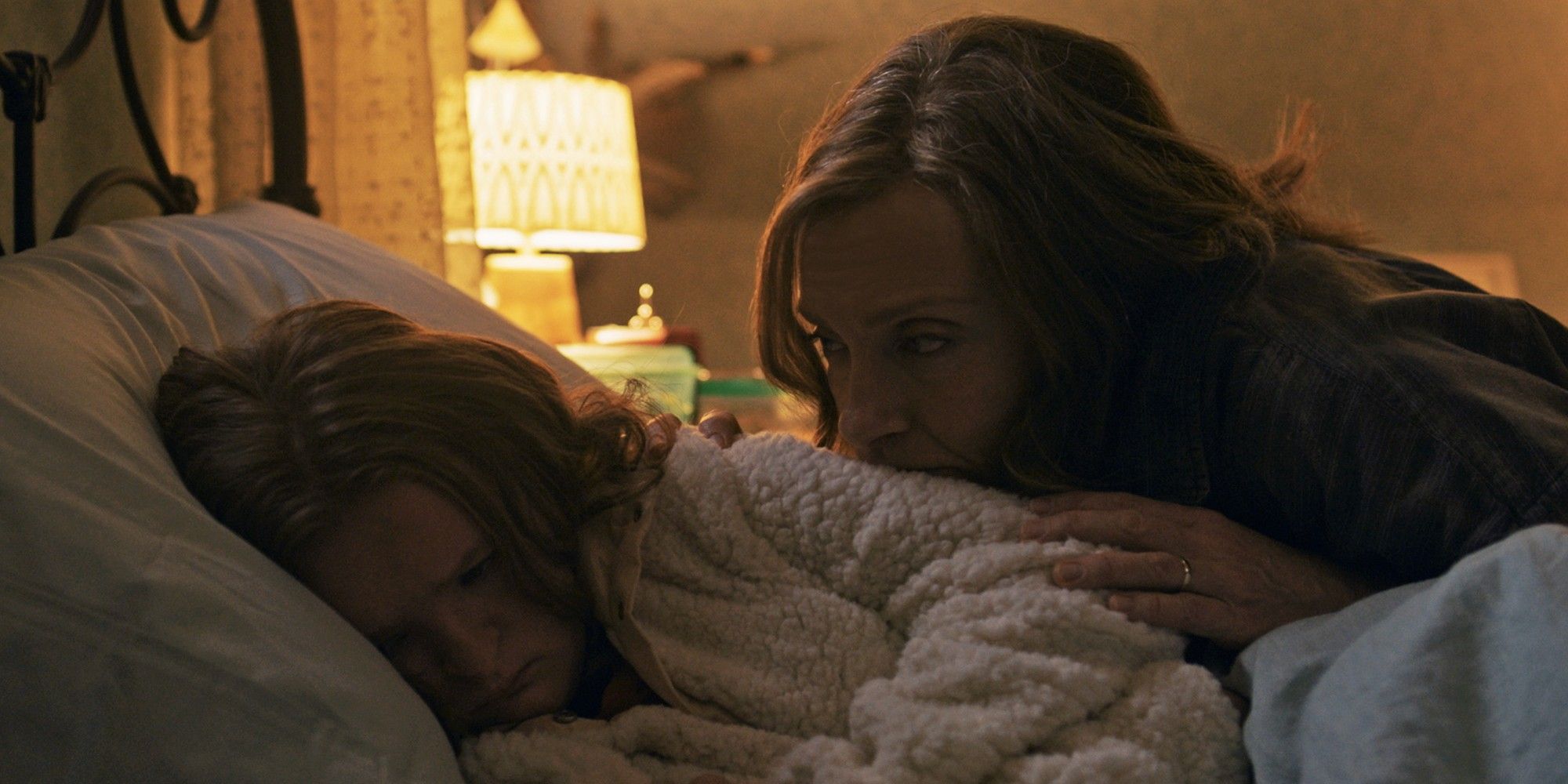
Next up: David Lynch, Kubrick, and horror done right. Keep reading for Mulholland Drive, 2001: A Space Odyssey, Hereditary, and more rewatch-worthy gems in the second half of this cinematic journey.
Would you like me to continue with the rest of the article now?
Mulholland Drive (2001)
David Lynch’s Mulholland Drive is a film that practically begs to be rewatched. The narrative operates like a fever dream — shifting identities, fractured timelines, and surreal symbolism. It’s only on a second (or third) watch that you begin to decipher the haunting commentary on Hollywood, identity, and repressed desire.
“Silencio.”
That single word becomes your mantra for unlocking this complex masterpiece. Keep your eyes on visual transitions and recurring motifs — especially blue keys, theater scenes, and mirrors.
No Country for Old Men (2007)
The Coen Brothers’ No Country for Old Men feels deceptively simple at first — a tense crime thriller with a relentless killer. But the second time, it reveals itself as a philosophical meditation on fate, aging, and moral decay. Anton Chigurh’s coin toss scenes, the absence of a final showdown, and Sheriff Bell’s monologues all deepen in meaning.
Watching it again is like reading a novel for subtext — what’s unsaid becomes the loudest voice.
2001: A Space Odyssey (1968)
Stanley Kubrick’s sci-fi opus is famously slow, quiet, and abstract. Many viewers find it confusing or even boring on first viewing. But on a second watch — when you know what’s coming — it transforms into a profound cinematic meditation on evolution, artificial intelligence, and the unknown.
The star gate sequence, HAL’s malfunction, and the monolith’s presence all take on new metaphysical weight.
The Shining (1980)
Kubrick again. And this time, it’s horror. The Shining is a film loaded with hidden meanings and spatial impossibilities. Conspiracy theorists have analyzed it for decades — everything from Native American genocide to faked moon landings.
But beyond the theories, a rewatch reveals:
- Masterful symmetry and framing
- Foreshadowing in music and dialogue
- The slow unraveling of Jack’s psyche
The horror doesn’t diminish — it intensifies because you know what’s coming.
Get Out (2017)
Jordan Peele’s Get Out is already a brilliant social thriller the first time. But the second watch is where it truly shines. Every line, glance, and awkward moment at the Armitage house becomes loaded with racial tension and sinister intent.
“I would have voted for Obama a third time.”
Once a quirky remark, now deeply chilling. And those bingo cards? You’ll never forget them.
Hereditary (2018)
On a first watch, Hereditary shocks. On a second, it devastates. Ari Aster’s debut isn’t just a horror film — it’s a tragedy wrapped in occult rituals. The clues are there from the opening scene: miniatures, symbols, and coded dialogue that hint at the horrific fate awaiting the family.

The tension builds differently when you know the ending, and Toni Collette’s performance hits even harder.
Hot Fuzz (2007)
You didn’t think we’d leave comedy out, did you? Hot Fuzz is a textbook case of clever rewatch value. Edgar Wright packs the film with callbacks, hidden jokes, and setups that pay off perfectly once you know the twist.
The second viewing lets you:
- Spot the killer’s hints
- Catch every absurd line that turns literal
- Appreciate the Shaun of the Dead cameos
It’s one of those rare comedies where every frame is doing something — and that something is usually hilarious.
What Makes a Movie Rewatchable?
Let’s break down the secret ingredients that make a film worth rewatching:
- Non-linear timelines: Films like Memento or Donnie Darko structure time creatively, making your brain work.
- Narrative twists: Think Fight Club or The Prestige, where new context reshapes everything.
- Symbolic layering: 2001: A Space Odyssey and Hereditary reward visual analysis.
- Genre subversion: The Truman Show hides its horror in satire.
- Subtle foreshadowing: Movies like Get Out layer clues right in front of your face.
Rewatchable films don’t just tell stories — they teach you how to watch them differently.

